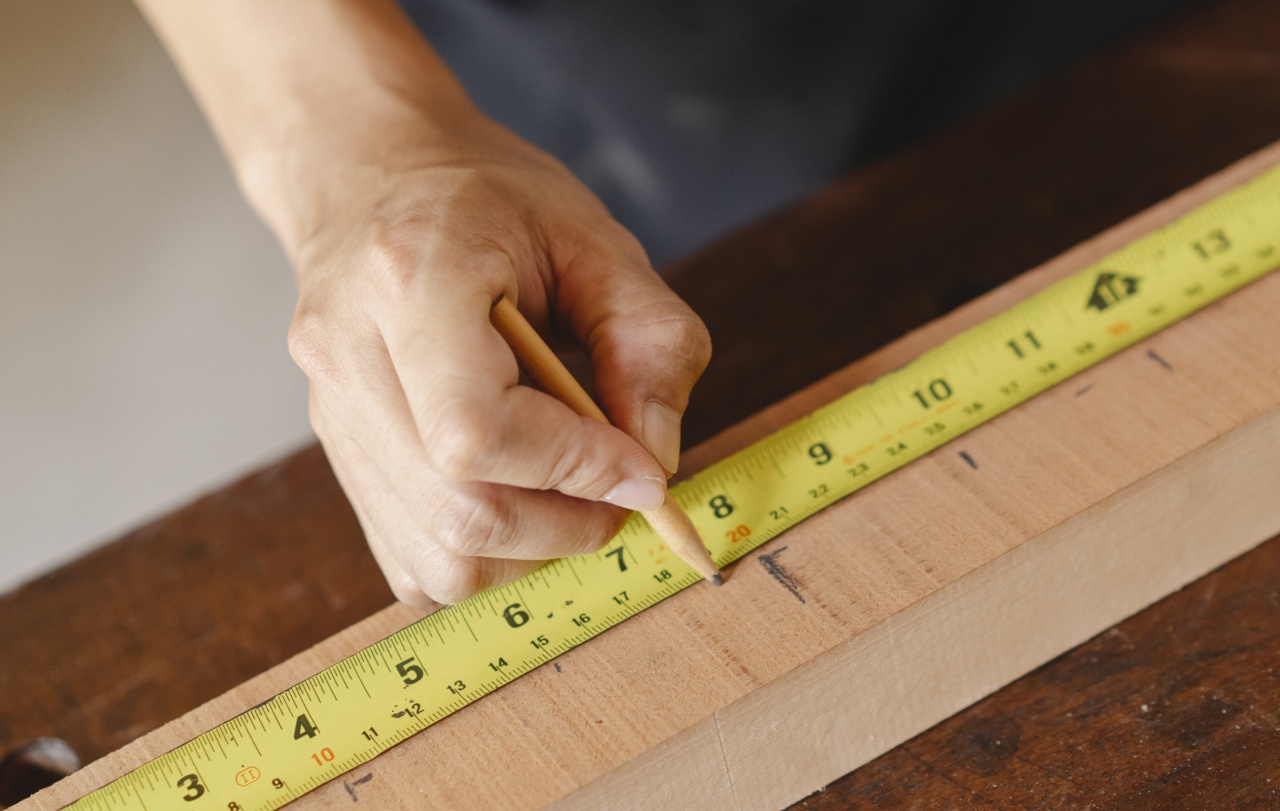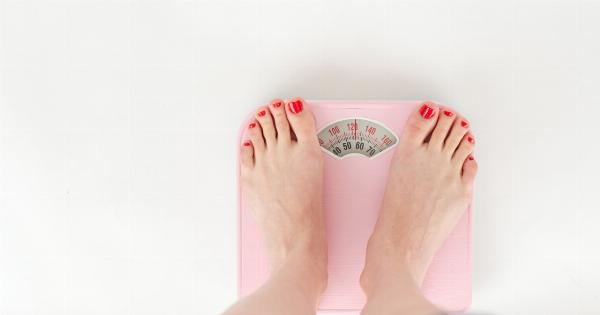Accurate pressure measurement is crucial in various industries and applications, including manufacturing, engineering, and scientific research.
Precise pressure measurements enable us to monitor and control processes, ensure product quality, and maintain safety standards. However, with numerous pressure measurement techniques available, determining the most accurate one can be challenging.
1. Introduction
Pressure is defined as the force exerted on a surface per unit area. It is typically measured in units such as pounds per square inch (psi), pascals (Pa), or bar.
Accurate pressure measurement requires a technique that can reliably and precisely quantify the pressure exerted by a fluid or gas.
2. Common Pressure Measurement Techniques
2.1 Manometers
A manometer is a simple device used to measure pressure by balancing the fluid column in a U-shaped tube. Manometers can be useful for low-pressure applications, but they may lack the necessary precision for highly accurate measurements.
2.2 Bourdon Tubes
Bourdon tubes are commonly used in mechanical pressure gauges. They consist of a curved tube that straightens under pressure, which moves a pointer on a gauge.
Bourdon tubes are suitable for general pressure measurements but may introduce some inaccuracies.
2.3 Diaphragm Pressure Sensors
Diaphragm pressure sensors utilize a thin diaphragm that deflects under pressure, which can be measured through electrical resistance or capacitance changes. These sensors offer good accuracy and are widely used in industrial applications.
2.4 Piezoelectric Sensors
Piezoelectric pressure sensors generate an electrical charge proportional to the applied pressure. They offer excellent accuracy and are commonly used in areas where dynamic pressure measurements are required.
2.5 Capacitive Pressure Sensors
Capacitive pressure sensors measure changes in capacitance resulting from the applied pressure. They provide high accuracy and are suitable for low-pressure applications, such as medical devices and microelectromechanical systems (MEMS).
2.6 Strain Gauge Pressure Transducers
Strain gauge pressure transducers use a diaphragm that deflects under pressure, causing strain in a bonded resistor grid. The change in resistance is measured to determine the pressure.
Strain gauge transducers offer excellent accuracy and are commonly used in critical pressure measurements.
2.7 Optical Pressure Sensors
Optical pressure sensors measure pressure through the displacement of a diaphragm, which changes the intensity of light reflected or transmitted. These sensors provide high accuracy but are often complex and expensive.
2.8 Thermal Pressure Sensors
Thermal pressure sensors rely on changes in temperature resulting from pressure variations. They measure the change in electrical resistance or voltage to determine pressure. Thermal sensors offer good accuracy but may be limited by slow response times.
2.9 Resonant Pressure Sensors
Resonant pressure sensors use resonating elements that change frequency under pressure. The shift in frequency is measured to determine the applied pressure. These sensors can provide excellent accuracy but may have limited dynamic range.
2.10 Deadweight Testers
Deadweight testers are primary standards for pressure calibration. They apply known weights to generate pressure, allowing accurate calibration of other pressure measurement devices.
While deadweight testers are highly accurate, they are not practical for routine pressure measurement.
3. Evaluating Accuracy
To determine the most accurate pressure measurement technique, several factors need to be considered:.
3.1 Measurement Range
Each pressure measurement technique has its optimal range. Some techniques excel at measuring low pressures, while others perform better at higher pressures. Choosing a technique appropriate for the desired pressure range is crucial for accuracy.
3.2 Sensitivity
The sensitivity of a pressure measurement technique refers to its ability to detect small pressure changes. High sensitivity allows for more precise measurements, particularly when dealing with low-pressure differentials.
3.3 Linearity
Linearity measures how closely the output of a pressure measurement technique follows a straight line in comparison to the applied pressure. Techniques with high linearity provide accurate results throughout the measurement range.
3.4 Hysteresis
Hysteresis refers to the difference in readings when the pressure is increased and then decreased along the same path. Techniques with low hysteresis offer more reliable and consistent measurements.
3.5 Accuracy Calibration
Regular calibration ensures the accuracy of pressure measurement techniques. Techniques that allow easy and reliable calibration are advantageous to maintain accuracy over time.
3.6 Environmental Factors
Consideration should be given to the influence of environmental factors, such as temperature, humidity, and vibrations, on the accuracy of the chosen pressure measurement technique.
4. Conclusion
Choosing the most accurate pressure measurement technique depends on the specific application, required accuracy, and environmental conditions. While there are various techniques available, each has its own advantages and limitations.
It is crucial to carefully evaluate factors such as measurement range, sensitivity, linearity, hysteresis, calibration ease, and environmental factors to determine the technique that best meets the accuracy requirements.





























